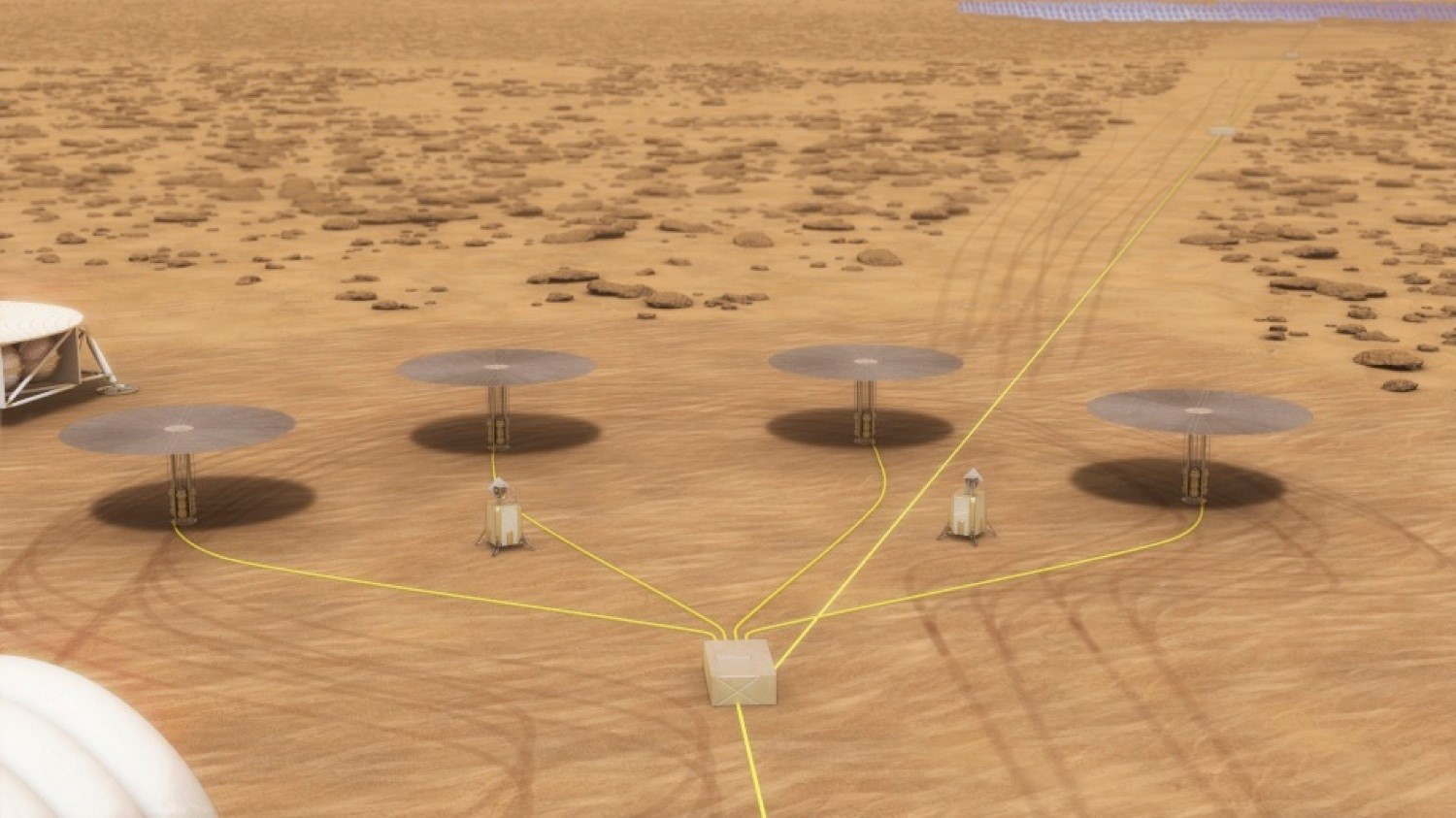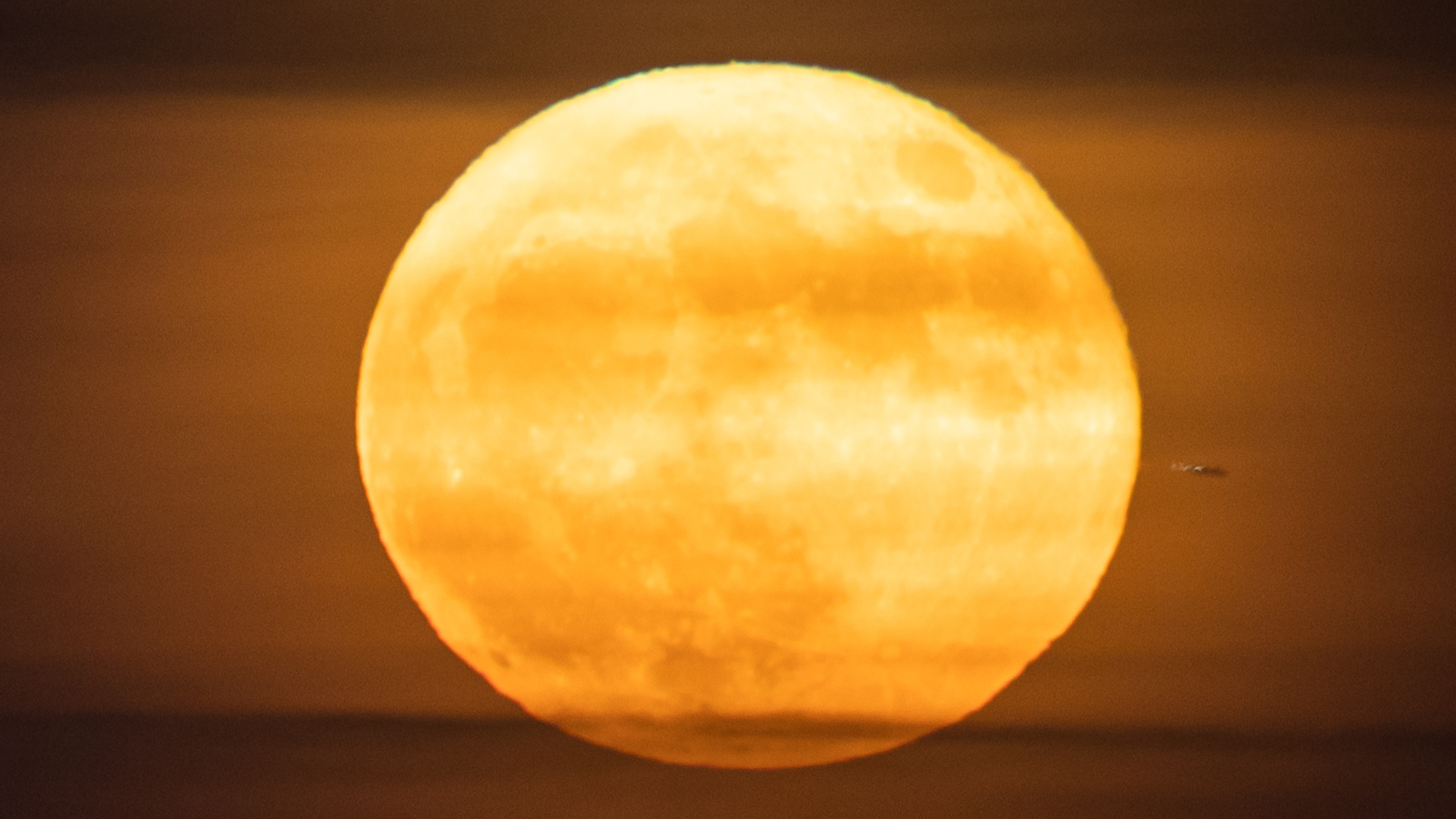See the Next Generation of Nuclear Power for Mars Missions (Video)
NASA and the U.S. Department of Energy are collaborating to develop the next generation of nuclear generators, with a focus on crewed missions to Mars.
The Kilopower project, depicted in a new video from NASA,aims to produce a nuclear generator with greater efficiency and higher output than those currently in use.
Nuclear power has a long and successful history of use in space exploration. It powered the Pioneer 10 and 11 spacecraft that explored the solar system in the 1970s and continues to be used in technologies such as the Curiosity rover, which arrived on Mars in 2012. Nuclear fission provides a compact, reliable source of electricity, especially in situations where solar panels would be ineffective. [NASA to Test Fission Power for Future Mars Colony]
NASA has used so-called radioisotope thermoelectric generators (RTGs) for decades to convert heat from the natural decay of radioactive elements directly into electricity. This is what the Pioneers and Curiosity use. The decay causes a temperature difference across plates of two different kinds of metal — one connected to the reactor and the other to a radiator, which produces a voltage. This component, called a thermocouple, is commonly used in thermometers and temperature sensors. RTGs have the benefit of containing no moving parts, which could wear down on long missions, with no chance for maintenance or replacement.

In contrast, the Kilopower reactor will use active fission, or atom splitting, to drive piston-based Stirling converters, which are more efficient than RTGs, according to NASA. Kilopower will be able to produce 1 to 10 kilowatts of power, continuously, for 10 years or more, according to the statement that accompanied the NASA video. For comparison, a typical American household drew 1.2 kilowatts from the grid on average in 2016, according to the U.S. Energy Information Administration
"What we are striving to do is give space missions an option beyond RTGs, which generally provide a couple hundred watts or so," Lee Mason, a principal technologist at NASA, said in the statement.
The technology can scale to hundreds of kilowatts, or even megawatts of power, Mason added. This wouldn't be the hundreds to thousands of megawatts produced by industrial powerplants, but kilopower reactors also wouldn't be responsible for electrifying systems the size of a city.. In addition, several generators could be set up in a modular system tailored to the electricity needs of a particular mission.
Get the Space.com Newsletter
Breaking space news, the latest updates on rocket launches, skywatching events and more!
The agencies plan to test prototypes at the Department of Energy's Nevada National Security Site, located in the Nevada desert. The last time NASA tested a fission reactor was in the 1960s, as a part of the Systems for Nuclear Auxiliary Power program. On the deserts of Mars, astronauts might use the Kilopower reactor to electrify habitats, run equipment, and turn the planet's resources into oxygen, water and fuel.
Email Harrison Tasoff at htasoff@space.com or follow him @harrisontasoff. Follow us @Spacedotcom, Facebook and Google+. Original article on Space.com.
Join our Space Forums to keep talking space on the latest missions, night sky and more! And if you have a news tip, correction or comment, let us know at: community@space.com.

Harrison Tasoff is a science journalist originally from Los Angeles. He graduated from NYU’s Science, Health, and Environmental Reporting Program after earning his B.A. in mathematics at Swarthmore College. Harrison covers an array of subjects, but often finds himself drawn to physics, ecology, and earth science stories. In his spare time, he enjoys tidepooling, mineral collecting, and tending native plants.
